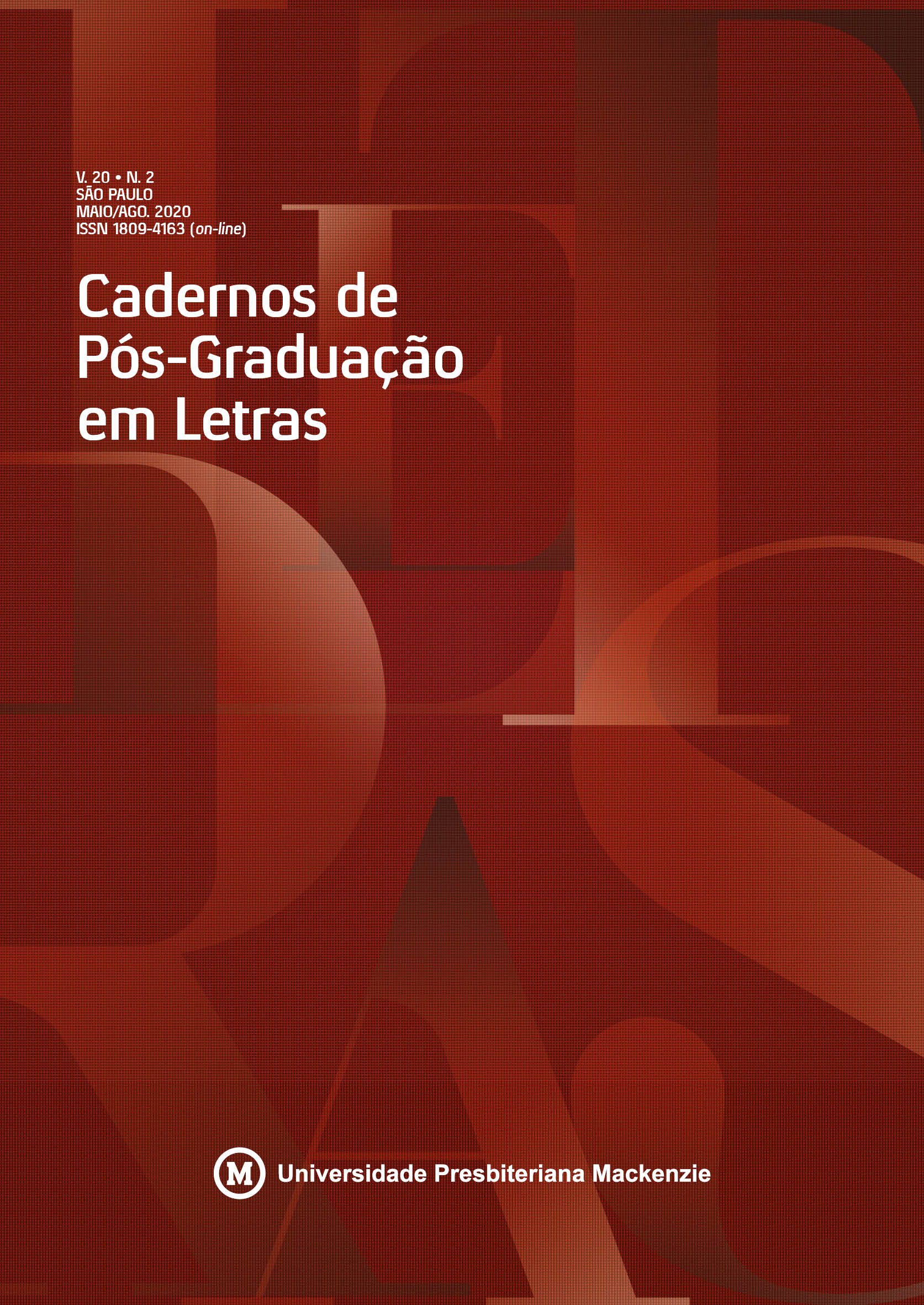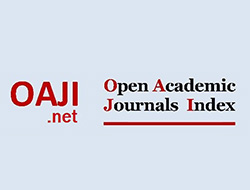Adaptações em foco
semelhanças e diferenças entre a obra literária "Vozes de Tchernóbil" e a minissérie televisiva Chernobyl
Keywords:
media transposition, adaptation, ChernobylAbstract
The cinema and the literature reinvente themselves each year, and the transposition between such medias is always a source for new research. The book “Voices from Chernobyl”, by Svetlana Aleksiévitch, is an example of this movement: the reports from the people (firefighters, liquidators[i], housewives etc.) from the power plant city-base were part of the references used for the creation of the 2019 TV serie “Chernobyl”. This article uses both of the works cited to discuss the matter, to reflect upon the importance of literature for the cinema and how the media transposition happens in this so recent case, exposing it and analyzing it under the optics of Hutcheon, Stam, Gagnebin e Sarlo.
[i] Popular name given to the Young soldiers recruited for the extermination of contaminated animals around the exclusion zone in Chernobyl and Pripyat.
Downloads
References
CHERNOBYL. Direção: Johan Henck. Produção: Craig Mazin. Intérpretes: Jared Harris, Stellan Skarsgard, Emily Watson, Paul Ritter, Con O’Neill, Adrian Rawlins, Sam Troughton, Robert Emms, David Dencik, Jessie Buckley. Estados Unidos: HBO; Reino Unido: Sky Atlantic, 2019. Warner Bros. Television Distribution.
GAGNEBIN, Jeanne Marie. Lembrar esquecer escrever. 2ª edição. São Paulo: Editora 34, 2009.
HUTCHEON, Linda; O’FLYNN, Siobhan. A Theory of Adaptation. 2ª edição. Osfordshire: Routledge, 2013.
RESETARITS, Valentina; MOYNIHAN, Ruqayyah. These fotos show just how true do the real-life disaster HBO’s ‘Chernobyl’ series is. Disponível em <https://www.insider.com/photos-show-how-true-to-real-life-chernobyl-series-was-2019-6>. Acesso em 20 de set. 2019.
RUIC, Gabriela. 33 anos depois do acidente nuclear, veja como está Chernobyl na vida real. Revista Exame, São Paulo, 20 jun. 2019. Disponível em <https://exame.abril.com.br/mundo/33-anos-depois-do-acidente-nuclear-veja-como-esta-chernobyl-na-vida-real/ >. Acesso em 24 de set. 2019.
SARLO, Beatriz. Tempo passado: cultura da memória e guinada subjetiva. Trad. Rosa Freire d’Aguiar. São Paulo: Companhia das Letras; Belo Horizaonte: UFMG, 2007.
STAM, Robert. Teoria e prática da adaptação: da fidelidade à intertextualidade. In Revista Ilha do Desterro. A Journal of English Language, Literatures in English and Cultural Studies, América do Sul, 2009.
SHWARTZ, Drew. A obsessão de anos de Craig Mazin em fazer ‘Chernobyl’ ser terrivelmente precisa. Disponível em <https://www.vice.com/pt_br/article/j5wbq4/a-obsessao-de-anos-de-craig-mazin-em-fazer-chernobyl-ser-terrivelmente-precisa>. Acesso em 23 de set. 2019.
Svetlana Alexievich, Literary Agency Galina Dursthoff. Disponível em <http://www.dursthoff.de/author.php?m=3&aid=40>. Acesso em 20 de set. 2019.
TODOROV, Tzvetan. As estruturas narrativas. Trad. Leyla Perrone. 5ª edição. São Paulo: Perspectiva, 2008.
Downloads
Published
How to Cite
Issue
Section
License
The copyright of the articles published in Cadernos de Pós-Graduação em Letras belongs to the authors, who grant the Mackenzie Presbyterian University the exclusive rights to publish the content. Total or partial reproduction is prohibited without due authorization from the Editorial Committee, except for study and research.











